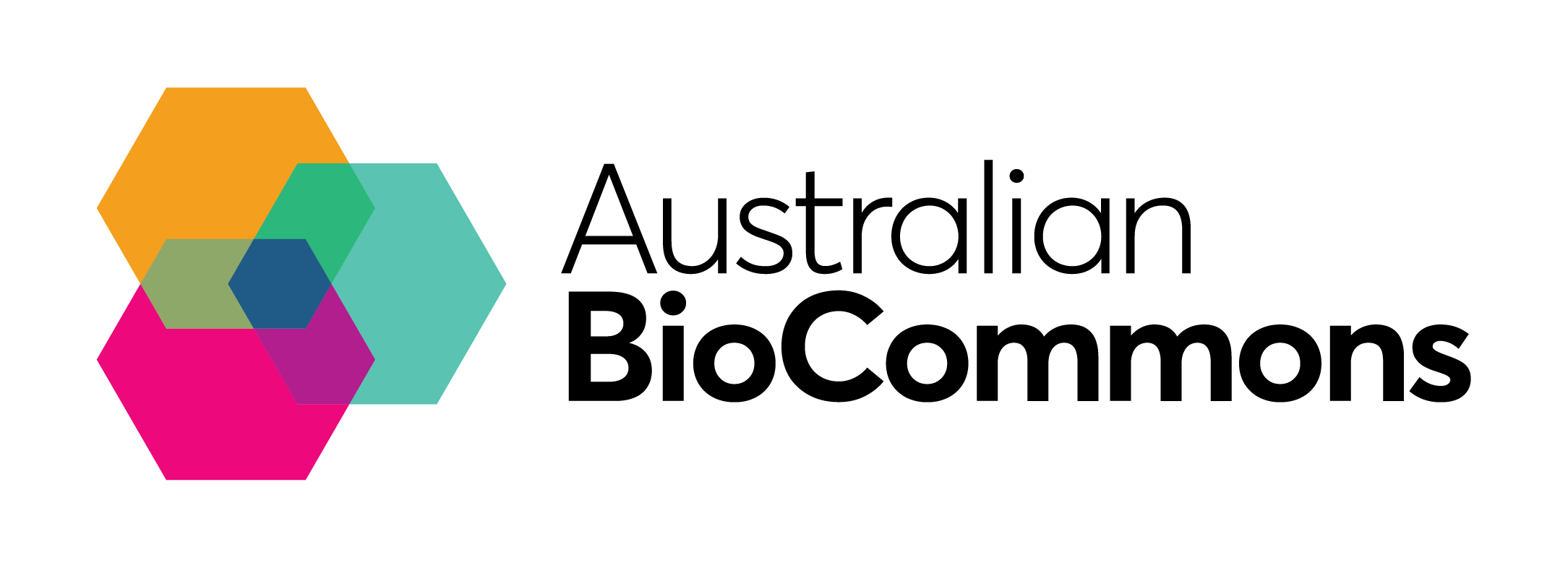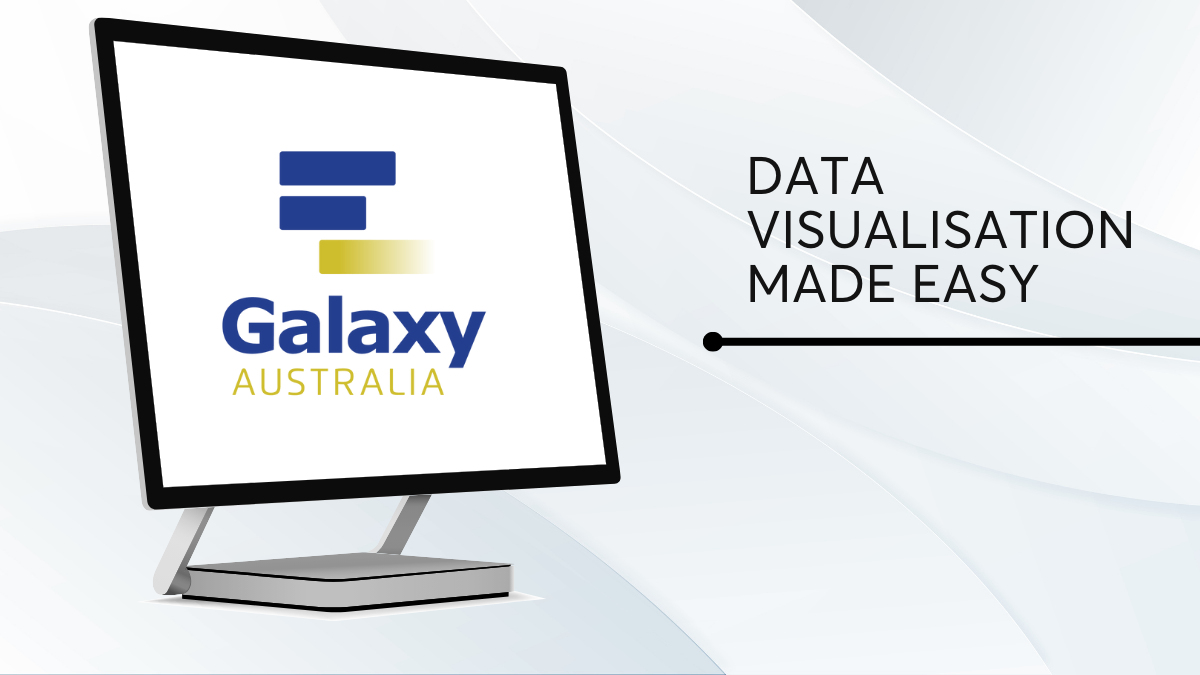Turning raw data into publication-quality graphics in a flash
Visualising complex statistical data is rarely a simple task. Researchers frequently need to learn to use packages for complex visualisation software to produce high quality graphics - but there is an alternative. Recently, Lauren Carpenter, PhD candidate at the University of Queensland, leveraged Galaxy Australia’s web interface to rapidly produce publication-ready heatplots of her survey data. Galaxy’s promise of ease of use held true for Lauren.
I was able to quickly and simply visualise my data, and easily controlled the stylistic elements that influenced the readability of the heatmaps. Galaxy saved me a lot of time, it was user-friendly, and allowed me to produce visually consistent heatmaps for different data sets in the same context.
Lauren’s research on the employability of first year science undergraduates is heavily text based, which can be challenging to translate into a digestible figure. After analysing her data in NVivo, she used coding packages such as R Studio to visualise her data. Despite already having experience in R, Lauren found herself losing large chunks of her valuable time watching online tutorials and reading guides, and struggled to prevent data point clustering. Lauren needed a customisable tool to ensure that her smaller data points remained visible in the final output.
Rather than continuing down this time-consuming path in R, Lauren asked her PhD colleagues at UQ’s School of Chemistry and Molecular Biosciences for advice. After their recommendation of Galaxy Australia as ‘a very user-friendly program’ which they frequently use to analyse their transcriptomics and genomics data, Lauren decided to use Galaxy herself for the first time with great success.
I found the variables that worked for my data through a short trial-and-error process. I would definitely recommend Galaxy Australia to other researchers, as I found it intuitive, and I was able to quickly achieve the heatmap visualisation that I had originally envisioned.
Galaxy Australia contains popular data visualisation tools such as Krona and Circos plots, and contains a framework for further visualisation options. All these tools, plus powerful computing resources, are fully subsidised for Australian researchers to use without requiring prior programming experience.
Open up Galaxy Australia and get started visualising your data today!

